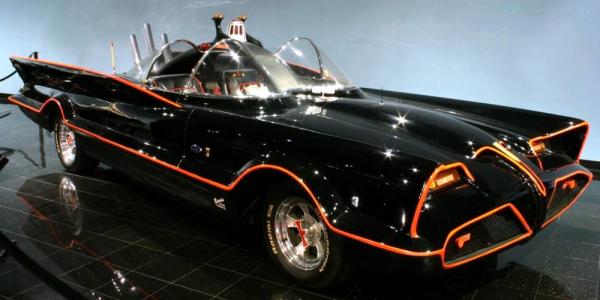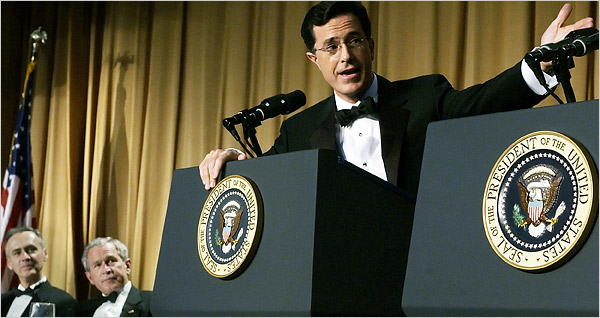I wrote the following in 2006…
You don’t often get to see priceless museum pieces in a car parking garage, but there I was gawking at what looked like a missile strapped to wheels. Before me lay the “Green Monster Jet Car” parked outside of the Petersen Automotive Museum. I am not sure what was green about it. It was painted red, white and blue and I was skeptical on its fuel economy. Fitted with a jet engine, it was the three-time holder of the land speed record. On its third run in the 1960’s, it clocked five hundred seventy-six miles per hour. Every inch of the thing indicated it was the product of an obsessed mind. As a person who thinks of my car as an appliance like a blender or lawnmower (a machine to take me from point A to point B) I sometimes find it hard to relate to automobile fetishism. Sometimes I lie to myself, because though I sicken at the conspicuous consumption of plastic Beverly Hills dudes rolling in a three hundred thousand dollar Ferraris, I do look.
Nothing could have prepared me for when I entered the glass doors to the actual museum. Glistening under the lights before me was a 2006 Bugatti Veyron 16.4. It was on display as if it was just a typical showroom floor to a Toyota dealership. This engineering marvel is the stuff of a teenage boy’s wet dreams – and that of a lot of grown men. The best way to describe the beast is as a two-toned metallic blue demon on wheels. Or one might mention the insane specifications: 1001 Horsepower, W16 Engine, 0-60 in 2.5 seconds. It is the fastest production car in the world with a top speed of two hundred fifty-three miles per hour. I read the price on this other-worldly puppy and informed two guys salivating over it how much it costs. “One point two million dollars,” I said, to which one of them wryly replied, “that’s all?” It is hard to believe that so much money was sitting behind two feet of velvet rope. A mother with two boys entered and noted the “James Bond car”. The boys’ faces radiated awe. In truth, even James Bond never had something that bad. Now I was off to see real cars that real people actually drove.
It is fascinatingly strange to see some of the oldest cars with license plates for “horseless carriages”, but that’s exactly what the earliest “cars” were. The very first vehicle named “Cadillac” was no exception. As young patron couples snapped photos with micro-sized digital cameras, the contrast between antique and cutting edge technology seemed so stark. Such was so until I noticed one of the horseless carriages “alternative fuel” solution. Rudolf Diesel, the inventor of the diesel engine showed the practicality of bio fuels back at the 1900 Paris World’s Fair(!) Then I discovered the Foose company offers a line of modern roadster “exotics” which are almost perfect knock offs of 1930’s styling. The adage “what is old is new and what is new is old” felt never more true. Taking in the variety and scope of the historical pieces you find at the Peterson Museum shakes up one’s frame of reference of what daily life could look like. One example is the 1932 Harley Davidson police motorcycle. Apparently, Harley Davidson in those days was a dominant brand for the police force. Can you imagine all the cops riding hogs these days? The exhibited vehicles display the familiar name manufacturers and models like Ford, GM, and Cadillac. They demonstrate every conceivable shape and technological innovation over the course of one hundred years. I realized what is so special about cars.
Cars can be more than just transportation vehicles. They can be more than status symbols, or historical markers, or a product of gearhead obsession. Cars are mementos of where we have been, what we have imagined, and where we aspire to go. Maybe automotive fetishism is okay. And another gee golly moment was just around the corner. I felt like a silly bastard as my heart raced at the sight of the pinnacle of the exhibit. Arguably the most iconic car in the world, the original Batmobile from the 1960’s television series was close enough to touch.
After seeing the Batmobile, everything else paled in comparison. As I made my way to the exit of the exhibit, a 1967 Camaro that would normally turn my head on the street seemed mundane. Even an exotic 1970’s Pantera failed to give me pause. As I pulled out of the parking lot in my “old” Mazda, I wanted to be roaring down the road with the Batmobile, flipping a switch to unleash a smoke screen behind me.




